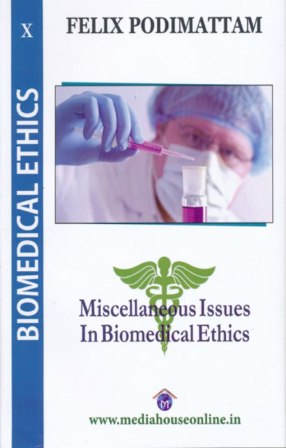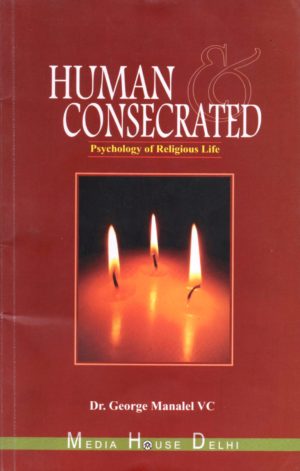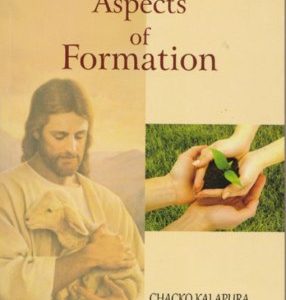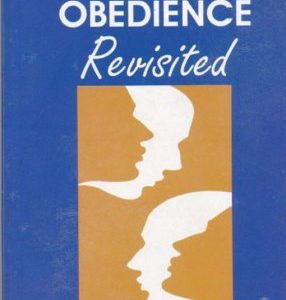Description
Dr. Felix Podimattam is one of the best-known moral theologians in India & outside. Besides his full time job as a professor, he finds time to write books at an amazing rate. He has authored 136 books.
Besides his Masters degree in Political Science from Mysore, he holds a Licentiate in Theology from the Pontifical Gregorian University, Rome, & subsequently a Doctorate in Moral Theology from the Alphonsian Academy, Rome. His post-doctoral studies were pursued in Washington, DC, USA. At present he is professor of Moral Theology at St. Francis Theological College, Kottayam, Kerala, India.
CONTENTS
INTRODUCTION
CHAPTER ONE
WHO SHALL LIVE WHEN NOT ALL CAN LIVE?
CHAPTER TWO
SOCIAL JUSTICE AND EQUALACCESS TO HEALTH CARE
CHAPTERTHREE
RELIGION AND MEDICINE
1. General Ideas regarding Interaction of Religion and Medicine
2. Six Major Areas of Interaction of Religion and Medicine
CHAPTER FOUR
MIRACLES AND HEALING
1. Miracles
1.1. The Nature of Miracle
1.2. The Possibility of Miracles
1.3. The Rarity of Miracles
1.4. The Ambiguity of Miracles
1.5. Can We Expect Miracles Today?
2. Healing
CHAPTER FIVE
LEGAL AND ETHICAL ASPECTS OF BEHAVIOR CONTROL
1. The Potentialities of Behavior Control
2. The Non-consenting Patient
3. Consent under Duress
CHAPTER SIX
HARVESTING THE DEAD
1. Redefining Death
2. Precedents
3. Uses of the Neomort
4. Cost-Benefit Analysis
CHAPTER SEVEN
A STATUTORY DEFINITION OF DEATH
1. Background
2. Public Involvement or Professional Prerogative?
3. What Manner of Public Involvement?
4. What Can and Should Be Legislated?
5. Principles Governing the Formulation of a Statute
6. The Kansas Statute
7. A Statutory Proposal
CHAPTER EIGHT
MORALITY OF REMOVAL OF UTERUS OF MENTALLY RETARDED WOMEN
CHAPTER NINE
THE ETHICS OF GIVING PLACEBOS
1. Definition
2. Effectiveness of Placebos
3. The Rationale of Placebos
4. The Frequency of Placebos
5. The Ethics of Placebos
CHAPTER TEN
THE TOTALLY IMPLANTABLE ARTIFICIAL HEART CHAPTER ELEVEN
CHOOSING NOT TO PROLONG DYING
1. The Issues at Stake
2. Patient Advocate
3. Ordinary and Extraordinary Means
4. Allowing to Live and Allowing to Die
5. What Should Our Policy Be?
6. Physician Ad Hoc Decision-Making
7. The Professional Committee
8. Personal Letters
9. Legislation to Permit Death with Dignity
CHAPTER TWELVE
HIDDEN ADDICTIONS
1. Nature of Hidden Addictions
1.1. Definition of Hidden Addictions
1.2. Categories of Hidden Addictions
1.3. Consequences of All Addictions
1.4. Personal Responsibility
2. Addictions and Cravings
2.1. Definition of Craving
2.2. Origin of Craving
2.3. How Cravings Become Addictions
2.4. Pastoral Conclusions about Cravings
3. Is There an Addictive Personality?
4. The Addictive Cycle
4.1. Excitement Seeking and the Addictive Process
4.2. Excitement Has Its Price
4.3. Tension Reduction and the Addictive Process
4.4. How Addictions Reduce Tension
4.5. Trigger Mechanisms for Addictive Behavior
4.6. Interrupting the Cycle of Need
5. Obsessions and Compulsions
5.1. Obsessions
5.2. Compulsions
5.3. The Addictive Overlap with Obsessions and Compulsions
5.4. Obsessive-Compulsive Personalities
5.5. Overcoming Obsessions and Compulsions
6. Lifestyle Addictions
6.1. Problem Lifestyles
6.1.1. Shopping for Stimulation
6.1.2. Thriving on Chaos
6.1.3. Procrastination
6.1.4. Workaholism
6.2. Avoidance of Boredom
7. Addictions to Food
7.1. The Many Purposes of Food
7.2. Bulimia and Food Addiction
7.3. Eating Styles that are Addicting
7.4. Categories of Food that are Addicting
7.5. Overcoming Food Addictions
8. Overcoming Your Hidden Addiction
8.1. The Search for Self in Our Hidden Addictions
8.2. How Do You See Yourself?
8.3. General Techniques for Overcoming Hidden Addictions
8.3.1. Relaxation
8.3.2. Stress Control
8.3.3. Cognitive Restructuring
8.3.4. Increasing Frustration Tolerance




Reviews
There are no reviews yet.